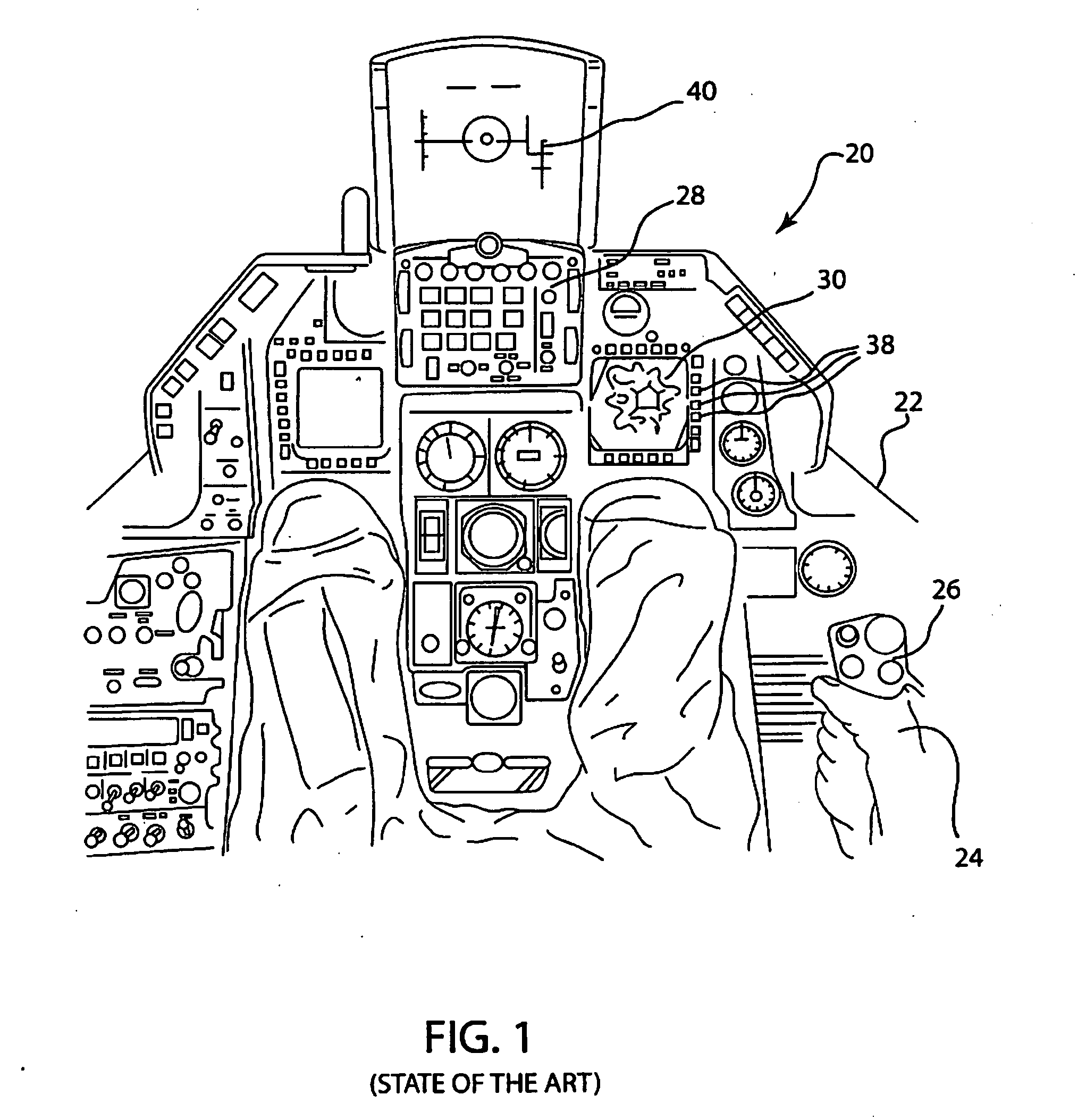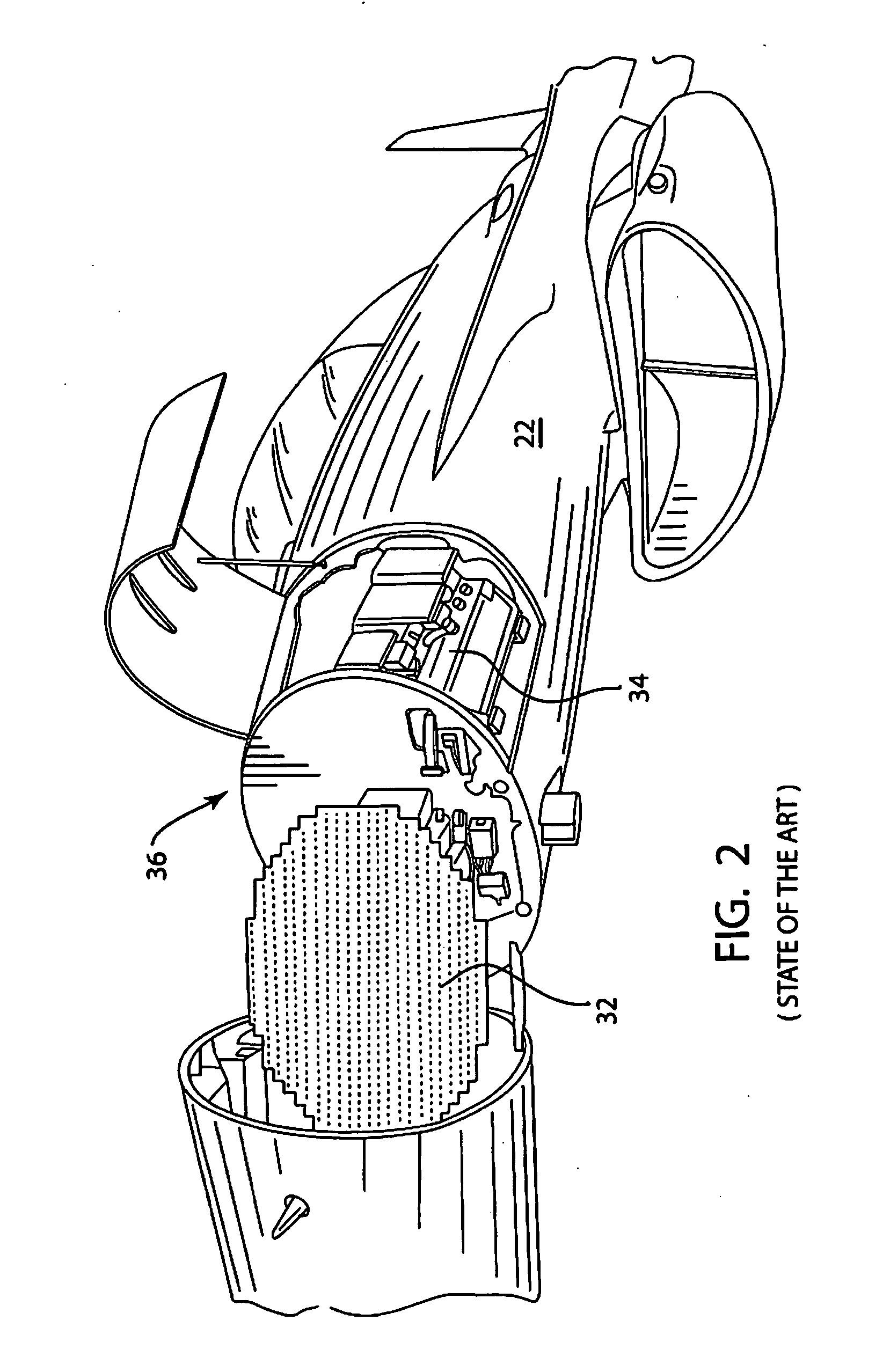Method for reconditioning fcr apg-68 tactical radar units
a tactical radar and reconditioning technology, applied in the direction of lighting and heating apparatus, drying machines with progressive movements, instruments, etc., can solve the problems of high failure rate, premature ageing, and malfunction of high voltage high frequency power supply, so as to improve range and resolution, improve resistance to countermeasures, and increase the effect of rang
- Summary
- Abstract
- Description
- Claims
- Application Information
AI Technical Summary
Benefits of technology
Problems solved by technology
Method used
Image
Examples
example 1
[0110]A high voltage high frequency power supply was removed from a FCR APG-68 tactical radar dual mode transmitter from a B1 bomber state of the art transmitter. The high voltage high frequency power supply was placed in an evacuation heating oven Model No. 1061 as available from Slack Associates, Inc. and heated to a temperature of about 85° C. and evacuated to a pressure of about 150 milliTorr for almost 4 days until the amount of water removed dropped to about 1 milligram per minute. A total of about 10.39 grams of water was removed.
[0111]The data and graph illustrating the removal of moisture from the high voltage high frequency power supply from the FCR APG-68 tactical radar dual mode transmitter is illustrated in FIG. 8 illustrating a trendline 96 showing a rate of removal as a function of time on a log-log scale.
example 2
[0112]The previously dried high voltage high frequency power supply of Example 1 was then left for about three days to ambient atmosphere. The high voltage high frequency power supply unit was again placed in a Slack Associates, Inc. Model No. 1061 evacuation heating oven and dried at 85° C. at a pressure of about 65 milliTorr. After 2.37 hours water was still being removed from the high voltage high frequency power supply unit at a rate of about 7.9 mg / minute. After another 18 hours of additional drying the moisture rate of removal reached the 1.5 milligram per minute range. After a total of about 26 hours of vacuum drying a total of about 1.75 grams of water had been removed and the rate had fallen to about 1.3 mg of water per minute.
[0113]The data and graph illustrating the removal of moisture on a first redrying of the high voltage high frequency power supply from the FCR APG-68 tactical radar dual mode transmitter is illustrated in FIG. 9 illustrating a trendline 98 showing a r...
example 3
[0114]The same high voltage high frequency power supply of the FCR APG-68 tactical radar dual mode transmitter from the B1 bomber of Example 2 was left exposed to ambient atmosphere for about an additional three days. The high voltage high frequency power supply was placed in a Slack Associates, Inc. of Baltimore, Md. evacuation heating oven Model No. 1061 and evacuated to a pressure of about 75 milliTorr for about 6 hours at 85° C. After about 6.12 hours of vacuum drying the rate of moisture removal had fallen to about 2.6 milligrams of water per minute and an additional 1.47 grams of moisture had been removed.
[0115]The data results and graph illustrating the second redrying removal of moisture from the high voltage high frequency power supply from the FCR APG-68 tactical radar dual mode transmitter is illustrated in FIG. 10 illustrating a trendline 100 showing a rate of removal as a function of time on a log-log scale.
PUM
 Login to View More
Login to View More Abstract
Description
Claims
Application Information
 Login to View More
Login to View More - R&D
- Intellectual Property
- Life Sciences
- Materials
- Tech Scout
- Unparalleled Data Quality
- Higher Quality Content
- 60% Fewer Hallucinations
Browse by: Latest US Patents, China's latest patents, Technical Efficacy Thesaurus, Application Domain, Technology Topic, Popular Technical Reports.
© 2025 PatSnap. All rights reserved.Legal|Privacy policy|Modern Slavery Act Transparency Statement|Sitemap|About US| Contact US: help@patsnap.com



